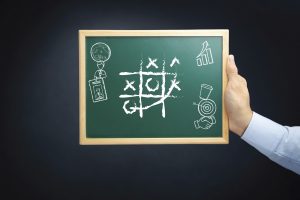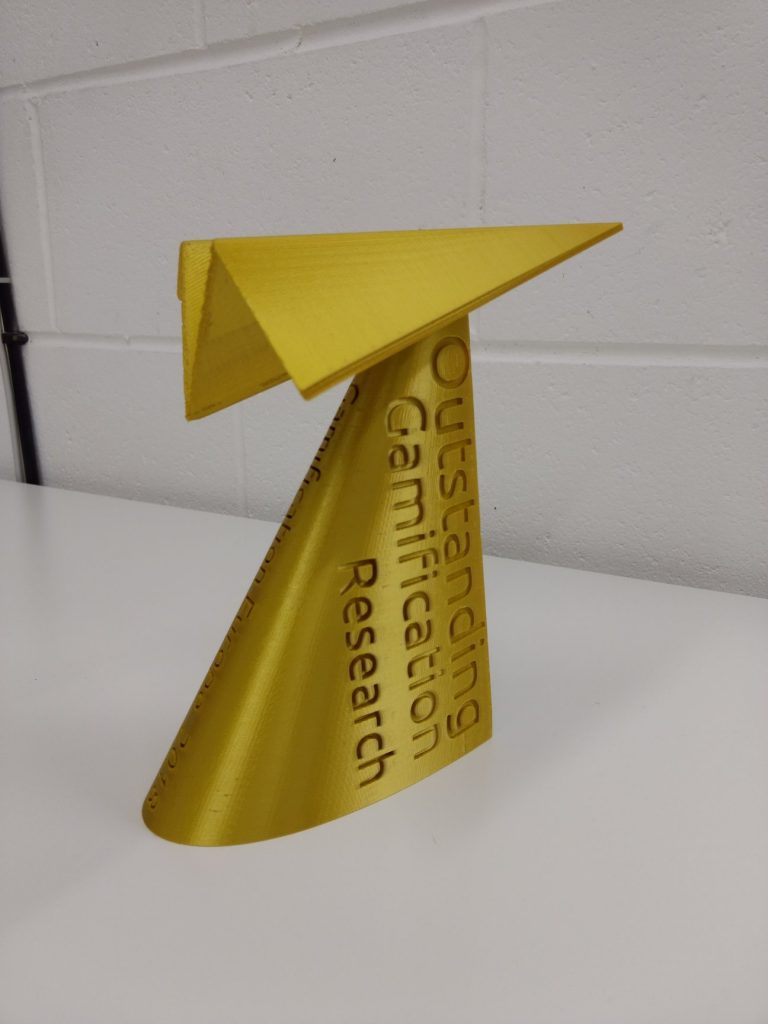At a recent networking event, when people found out I worked on gamification, I kept getting the question on what were the best game mechanics for which scenario. It was great to hear a lot of the people there, had heard of gamification and wanted to add it to their tools, mainly software and digital marketing. So as the evening event went on, I received more and more what if scenarios with questions about game mechanics.
The reality is that my answer didn’t vary much from “that depends on the users you have”, their habits and what you are trying to achieve with your scenario.

It made me think about whether you can create recipes which give you specific outcomes and maybe a base set of game mechanics to start off with. The one thing in all gamification designs I have worked on is that they have included quests, feedback mechanics and points. The other frequently used, but interchangeable items include levels, badges, choice, consequences, loss of life in the game, skip forward, complete a side quest to improve your level, etc.
What we choose depends on the client company culture, the goal for the business process we are working on and then we include rigorous user research to find out how the target users behave and what motivates them. There are some patterns, that may come back over time. If you look at the most popular games on the market points, quests and feedback loops are standard staple. Beyond this the game play will start to vary. In puzzles style games, even points are not included but you could argue the game itself is the quest and fitting words or numbers or puzzle pieces in places gives you the feedback with completion as the ultimate goals.
In the learning field, encouraging feedback mechanics so learners build confidence, rewards for regular practise and the inclusion of progression mechanics is something we should look at. From a productivity perspective in employee engagement, seeing progress towards completion and interdependencies is useful. An element of personalisation is always good in my view so the end user can adapt feedback to what works for them.
What are your staple game mechanics for your gamification designs to date?


